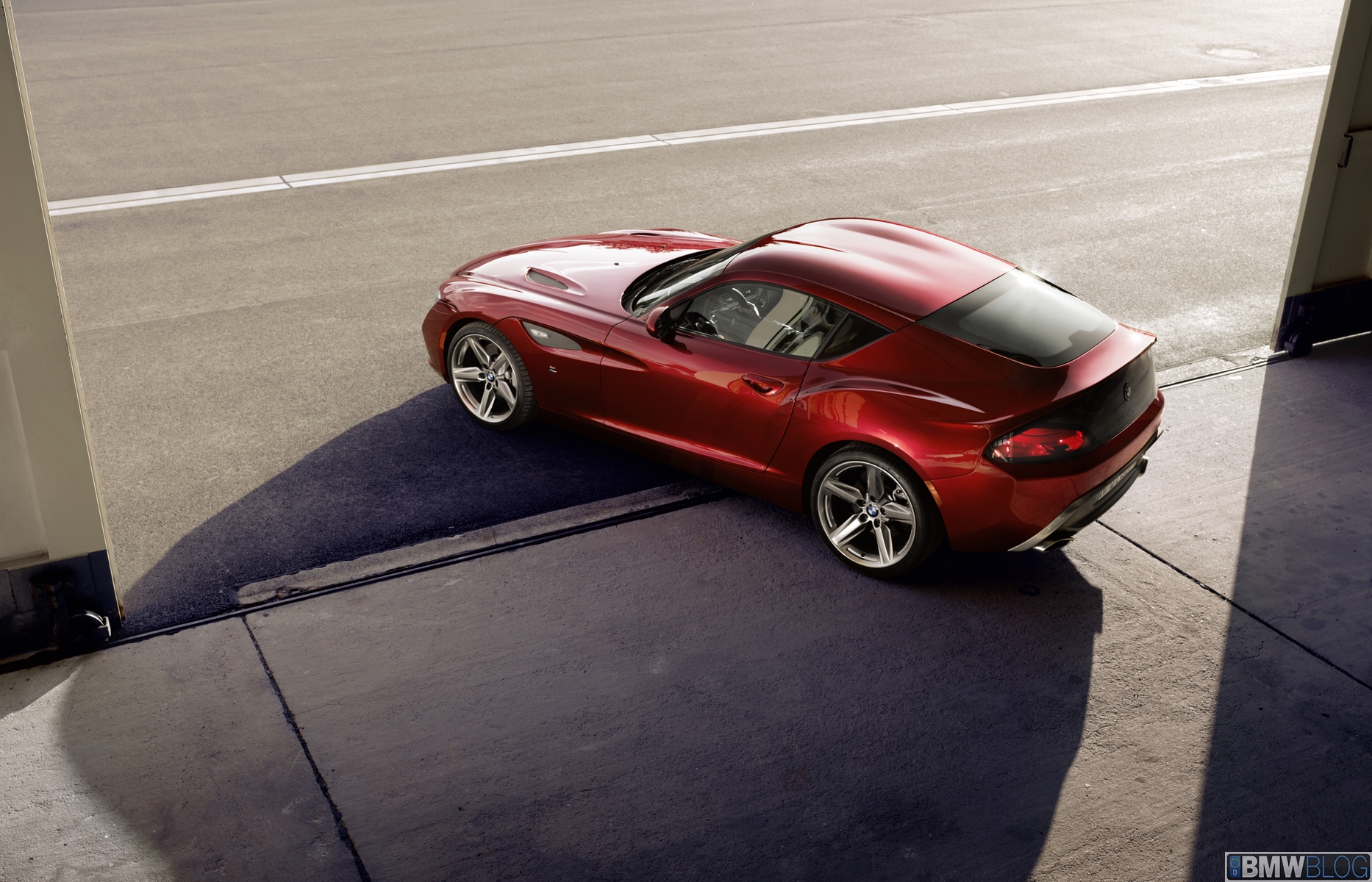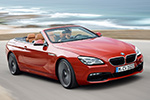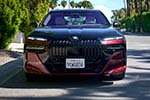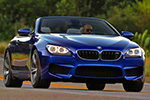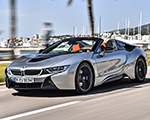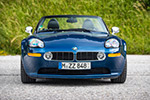Few concept cars capture the essence of both brands behind them quite like the BMW Zagato Coupe. Revealed in 2012 at the prestigious Concorso d’Eleganza Villa d’Este, this one-off creation merged BMW’s engineering precision with Zagato’s unmistakably Italian flair. While built on the bones of the E89 Z4, the Coupe introduced something far more sculptural and exclusive. Every surface, vent, and line spoke to the collaboration’s dual mission: honoring BMW’s design language while channeling Zagato’s tradition of hand-crafted, aerodynamically honed beauty. What emerged was a grand tourer that looked as fast standing still as it did in motion — a design study that bridged heritage and experimentation in equal measure.
Diving Deep Into the Zagato Coupe’s Style
Perhaps the most subtle changes came in the front, where the Zagato Coupe almost screams Z4. The E89’s grille is replaced with a Z-pattern grille, serving as subtle forward-facing badging. Notably, the grilles featured matte-painted surrounds, a feature that would later find itself on series production BMW models from the M Performance family (M240i, etc). The hood gets more pronounced hood bulges and air outlets a la the E90 M3, although the BMW roundel retains its old position. The headlights, too, are unique. They integrate smoothly into the front three-quarters panel, whereas the E89 Z4’s simply ended at a body line. Along the side, Z badging replaces the Z4’s traditional badges. Zagato also fitted unique five-spoke wheels that were never put into series production, unfortunately. The wheel “artfully combines concave and convex surfaces to achieve a lightweight, dynamic, and solid expression,” says Zagato designer Norihiko Harada.
BMW went to great lengths to ensure the Zagato Coupe popped at its Villa d’Este premier. That included the paint, a shade which BMW says “ranges from something close to black all the way to a brilliant red.” Head of Zagato’s wife, Marella Rivolta-Zagato, says the paint gave the car a look “like a can of Coke just taken out of the fridge.” Ultimately, the shade is called Rosso Vivace, and was applied in six ultra-thin shades. That was in addition to a primer coat and a layer of metallic silver paint.
Party in the Back
The rear three-quarters view is arguably where the Zagato Coupe thrives. Changes are more pronounced here, largely thanks to a double-bubble roof design that replaces the Z4’s folding hardtop. “Zagato’s design language emphasizes functional forms such as the prominent rear fender,” says Norihiko. A transparent rear panel punctuated the car’s striking Kamm-tail (or K-tail) layout. It’s a design element stemming from coda tronca (short tail) bodies made famous by the Alfa Romeo Giulietta Sprint Zagato — and, even more obscure, the BMW 328 Kamm Coupe. The benefits to this design are twofold. Perhaps secondary to amazing looks, BMW touted “very efficient aerodynamics” because of the Kamm design. A roundel sits in the middle of it all, above two unique exhaust finishers.
Many of the quotes above come from Steve Saxty’s incredible book, BMW by Design. We’ve said it before and we’ll say it again: we can’t recommend the book enough. For more insight and exclusive pictures, grab a copy for yourself. Or, browse his other BMW books — they all give one of a kind insight you won’t find anywhere else, even online.


